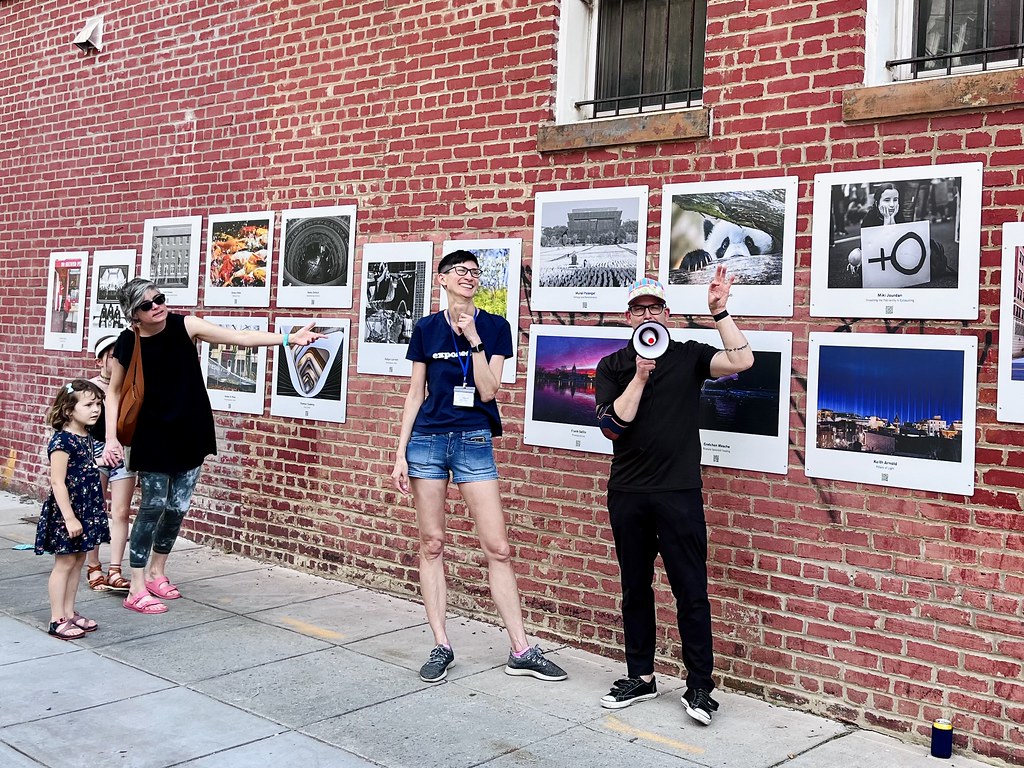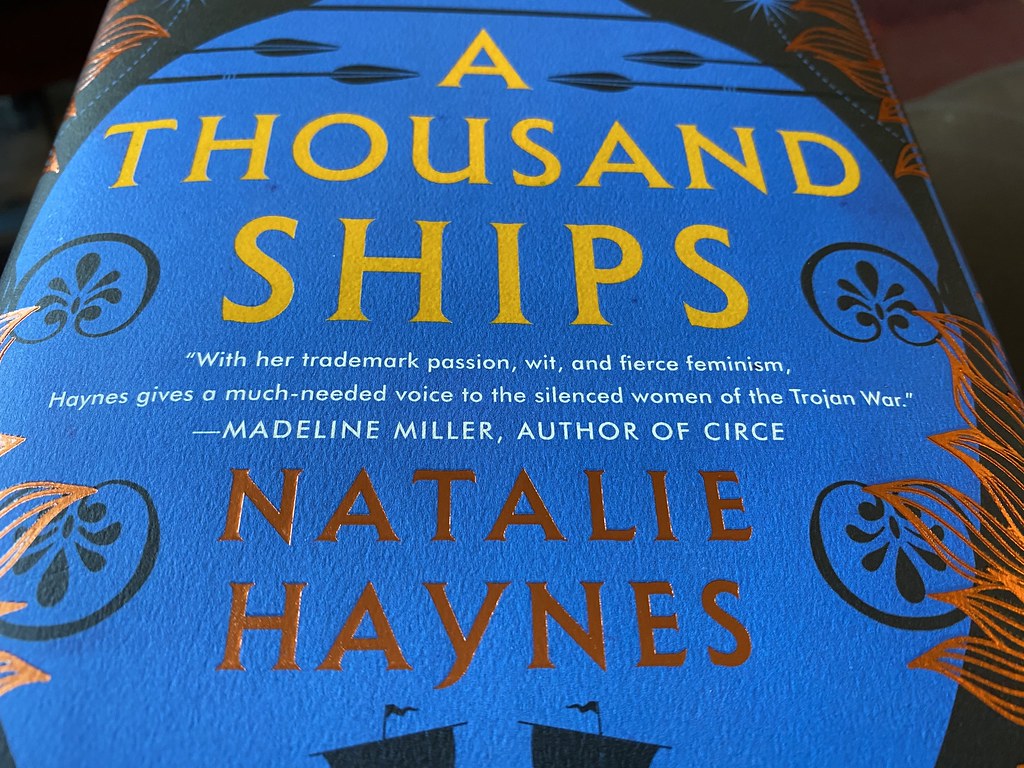America in 1860 was an oligarchy, controlled by a minority of a minority.
Slave Power was unassailable. You couldn’t even discuss it in Congress, which had a standing rule that resolutions dealing with slavery were automatically shelved. The Supreme Court reinforced the power of the peculiar institution by forcing Northerners to cooperate with slave catchers. Enslaved people, despite living in this country for centuries, were not people, according to the Court; they were property.
With the power of the federal government behind them, slave owners talked of expanding slavery across the country and beyond – even to Cuba and Mexico.
To be an abolitionist meant dodging mobs of Democrats who tarred and feathered anti-slavery speakers. Newspapers who criticized slavery, even in the most oblique terms, were destroyed, with their printing presses tossed into the river.
The Wide Awakes stood up to the mobocracy. Founded in March of 1860 by five law clerks, some of them too young to vote, this was a youth movement that confronted Slave Power and elected Abraham Lincoln.
Jon Grinspan tells their story in Wide Awake.
Dressed in black cloaks and carrying whale-oil torches, they marched under their “open eye” banner symbolizing their political awakening to the threat of slavery.
They were a popular sensation that spread across the North, a marching group, as they were called back then, that protected Republican speakers during a violent election year.
The elite class that ruled the country dismissed these Wide Awakes as so much theater; young people play-acting in the streets with their costumes, organized chants and military precision.
Theater matters. I’ve seen it in DC, with pro-Palestinian protesters staging mock scenes from Gaza; the pro-Putin right-left crazy town of Rage Against the War Machine; and even my experience as Red Bike Guy heckling the Patriot Front.
These moments, especially if they go viral, are both communication and inspiration, getting important messages out into the media and motivating others to take up the cause.
That is why the Wide Awakes grew from five to hundreds of thousands in just a few short months in 1860.
Theater matters. Or as, Grinspan puts it:
What the Wide Awakes wanted mattered less than how they tried to show it. Those skinny nineteen-year-olds drilling for war proved to be better forecasters of what was coming than all the august orators or party platforms.
We look back on all of this through a century and a half of mostly viewing political spectacle as hoopla, just a matter of elephants and donkeys and confetti and balloons. People often dismiss performative politics as empty, a collection of stock gestures going nowhere, the work of self-interested politicians or high-priced consultants. But our own era reminds us of the power of spectacle and bluff, costume and prop. They can be intellectually richer, and better indicators of what is to come, than forms of political expression we traditionally consider more substantive. Perhaps one of the central lessons of recent American politics is that, while the chattering classes parse phrases, and conspiracists hunt for hidden meanings, key plotlines take place out in the open.
In this election year, Republicans are open about their plans to end democracy, take away our rights and make Trump a king. It’s all in Project 2025, their guide to the coming dystopia.
They promise it will be bloodless – as long as we don’t resist.

Democrats talk the issues as if we’re in the soft and gentle world of 1996, with moderates on both sides willing to play by the rules and graciously accept defeat.
But as the recent Supreme Court decision on presidential immunity told us, we’ve entered into a no-compromise era, much like 1860.
The protesters on the streets of DC, with their signs and bullhorns, all that easily-mocked theater, are more clear-eyed about the peril.
They are Wide Awake.









